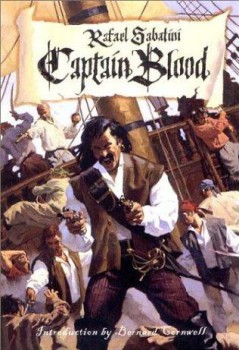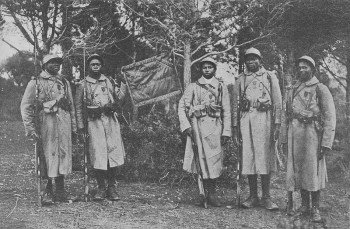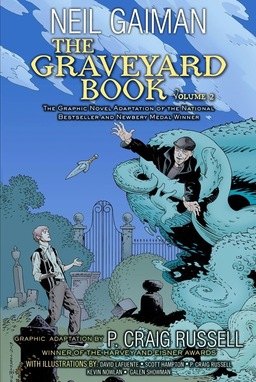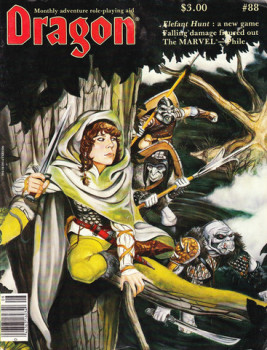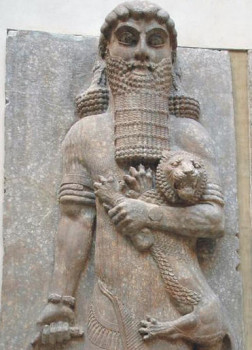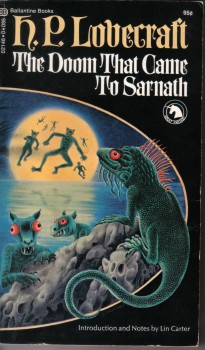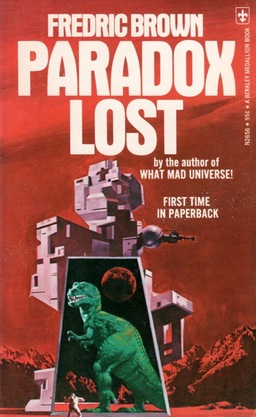See the Teaser Trailer for Avengers 2 (or, Why Can’t I have Hulkbuster Armor?)
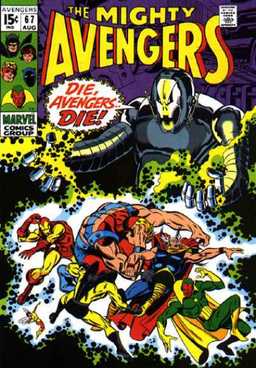 All work at the rooftop headquarters of Black Gate came to a standstill this afternoon, due to the surprise release of the first teaser trailer for Avengers 2: The Age of Ultron.
All work at the rooftop headquarters of Black Gate came to a standstill this afternoon, due to the surprise release of the first teaser trailer for Avengers 2: The Age of Ultron.
Now, this doesn’t happen for just any trailer. (At least, not those that aren’t Star Trek-related). However, we are big fans of the Avengers, both their comic incarnation and the Joss Whedon movie.
Also, we’re fans of Ultron.
Ultron usually gets a bad rap. Did you know he was the first person (erm, machine), to speak on the cover of The Avengers? True story. Before that, everyone on the cover — superheroes and villains alike — stood brooding in heroic poses, afraid to say anything. Ultron finally opened his mouth on the cover of Avengers 67 (saying “Die, Avengers, Die!”, y’know, as he usually does), and after that, you couldn’t get people to shut up on the cover of The Avengers.
Did you know Ultron was built by Henry Pym, also known as Ant Man? Okay, everybody knows that. How are they going to ret-con that into the movie continuity, given that the Paul Rudd Ant Man movie doesn’t come out until July 2015, two months after The Avengers 2? No one knows. I’ve looked for any trace of Rudd or Henry Pym in the IMDB cast list, but no dice.
